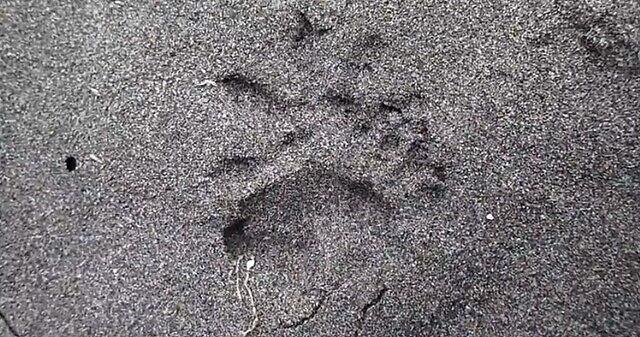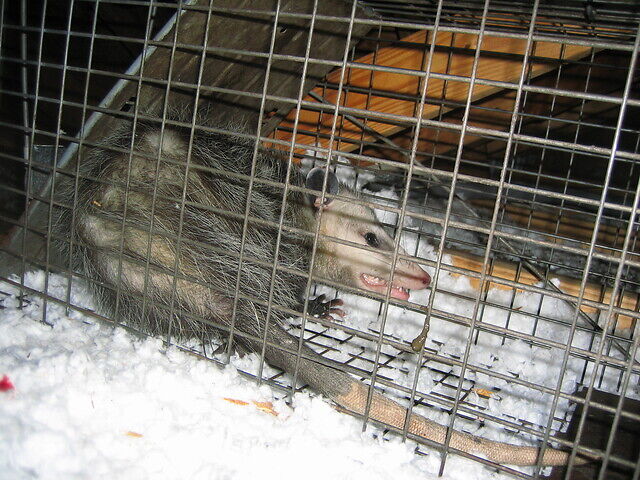Identifying Opossum Tracks
We’re all aware that from time to time, your home and property will attract some unwanted creatures. They can either slither or camp out in your backyard, or, as is the case with female opossums looking to nest, crawl under your house through any available openings.
And as any homeowner knows, that’s not good news for you. So what you’ll want to do is be on the lookout, especially if you live in a particularly pest-friendly area. It’s important to know how to identify opossum tracks so that you can then take appropriate steps for removal.
How to Identify Tracks

Below are some tips that any homeowner should know about opossum tracks:
- They resemble the handprint of a small child.
Opossums are fairly small creatures, with sizes averaging around 30 cm (though in some cases, as much as 94 cm!). So a good way to figure out if an opossum is hanging around your property is to be on the lookout for opossum tracks.
Front prints are usually pretty small, about 2 inches in diameter, while back prints are a little wider than that. Interestingly enough, opossums have opposable toes on the inner side of their hind legs, so that they look quite a lot like a human thumb.
Their opposable toes make opossum tracks look a lot like the handprint of a small child, and also help one distinguish them from raccoon tracks, which do not feature opposable toes.
- Opossums are waddlers.
Some animals, like the deer, for example, walk in a straight, careful line. This allows them to conserve energy. Opossums, on the other hand, don’t do this. Their walk tends to be wobbly and kind of staggered. So if the tracks seem wobbly and a bit unfocused, that’s another good indicator there is an opossum nearby.
- You can identify opossums by their droppings.
Animal tracks are almost always found near animal droppings, so another good way to tell if there is an opossum on your property is to look for droppings.
Traditionally, opossums defecate in leafy, private areas. Their feces are about 1 to 3 inches long and can resemble cat or dog droppings, depending on their diet. They also tend to have pointed ends.
What to Do

If you have good reason to suspect there is an opossum living or visiting your property on a regular basis, it is a good idea to call a wildlife removal service as soon as possible. You should not attempt to catch the animal yourself, and if you wish to remove the droppings, you should do so while wearing gloves. Animal feces are known carriers of diseases.
Try to look for a wildlife removal service that also offers relocation. This means that once they’ve captured the opossum, they will take it to an area where it can’t bother humans, but can also live in peace.